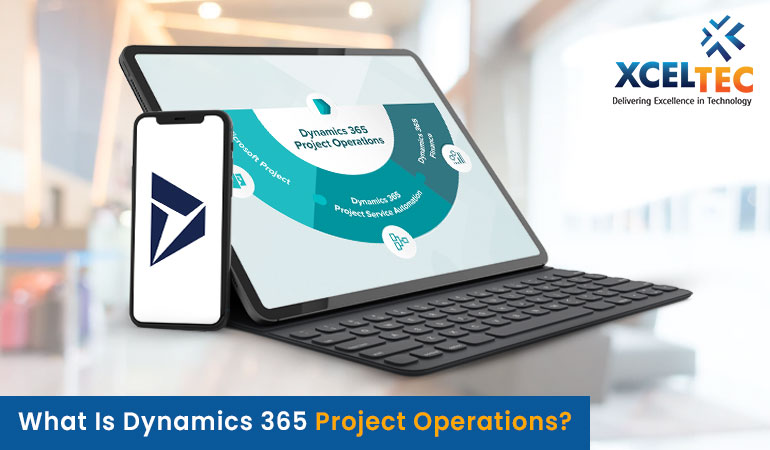What is Dynamics 365 Field Service?

Companies can offer on-site customer assistance thanks to the Dynamics 365 Field Service business solution. The software combines process automation, scheduling algorithms, and mobility to equip mobile professionals with the skills they need to solve customer issues on the job. Dynamics 365 for Field Service manages all of the capabilities that are typically needed in a core solution, including work orders, scheduling and dispatch tools, and billing. But its real power comes from its highly developed predictive service capabilities, integrated communication tools, intelligent resource scheduling and tracking, and utilising the power of connected programmes like Microsoft 365. The following are some areas where Dynamics 365 for Field Service shines, in addition to its user-friendly mobile interface and clever service tools: Improving the pace of first-time fixes Managing follow-up work and taking advantage of upselling and cross-sell opportunities. Completing more service calls per te




